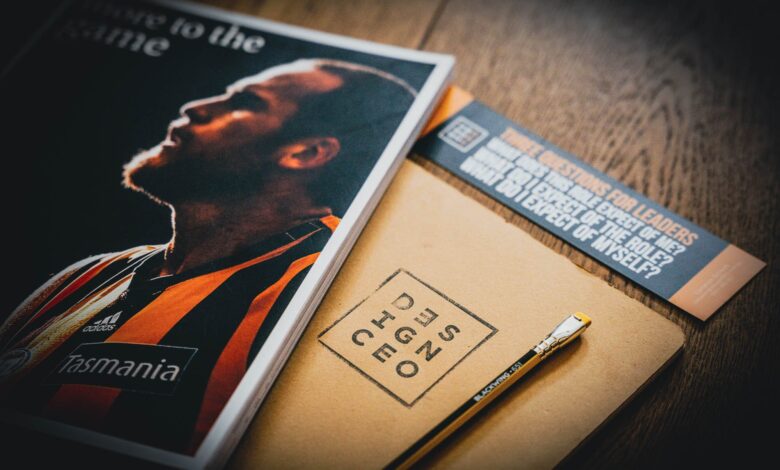The Unspoken Power of “Ugly” Branding (And Why It Sometimes Wins)

In 2018, Crocs collaborated with Balenciaga. The internet groaned. “Who would wear these?” they scoffed—again. But within hours, the $850 platform Crocs sold out.
They weren’t beautiful. They weren’t sleek. They weren’t minimalist. They were, by almost every traditional standard, ugly. And yet, they won.
That same kind of aesthetic rebellion has been quietly brewing in branding and packaging.
Against the tidal wave of matte pastel pouches and polite sans-serif fonts, a new wave of packaging is challenging everything we thought we knew about good design. It’s loud. It’s messy. It’s borderline offensive to design purists.
And it’s working.
Ugly Is the New Premium (Sometimes)
Walk into any indie coffee shop in Brooklyn or Melbourne, and you’ll spot it: a shelf lined with “custom coffee bags” that look like your niece designed them with MS Paint. Childlike scribbles. Jarring color clashes. Crooked text. You pick one up out of pure curiosity. And boom—they’ve got your attention. In a hyper-optimized, over-designed world, the rawness of “ugly” feels weirdly honest.
That honesty has become its own form of premium. It says: we’re not trying too hard. We’re just good.
And let’s be clear: this isn’t laziness. This is intentional anti-design. The good kind. The kind that breaks the rules after learning them inside and out.
How “Ugly” Packaging Hijacks Our Brains
There’s a neurological reason this works. Our brains are wired to ignore repetition. When every brand starts to look the same (hello, DTC skincare), our attention drifts. But then something weird happens—a garish label on a “custom tea bag” jolts our senses. It interrupts the scroll. It makes us look twice. That’s marketing gold.
These kinds of visuals play off what’s called the Von Restorff Effect—the psychological principle that odd, out-of-place things are more memorable. The more your pouch looks like it doesn’t belong, the more likely it is to stick in someone’s head.
Case Study: Fishwife Tinned Seafood
Fishwife should not work. Their brand aesthetic screams Tumblr-core chaos. Clashing fonts. Primary colors. Retro illustrations that border on kitsch. But it’s unforgettable. Their “ugly” design is so distinctive that their tins have become collectables. Influencers post them not just because they’re tasty, but because they’re cool. The brand has essentially turned pantry staples into statement pieces. That’s powerful.
Now think about that in your world: what could “ugly” branding do for your custom pasta bags? Could you make them so bold, so weird, so arresting that they demand attention on a Whole Foods shelf?
When Should You Not Go Ugly?
Let’s pause before you slap Comic Sans on your next product label. “Ugly” only works when it’s strategic. Here’s when it doesn’t work:
- Luxury expectations: If your price point promises elegance (e.g., $25 artisanal olive oil), sloppy design can feel off-brand.
- Unclear messaging: Ugly without intention just looks… bad.
- Poor execution: It takes skill to design something that looks unpolished but is actually clever.
If you’re selling premium tea in custom tea pouches or high-end coffee beans in branded coffee bags, ugly might work in a rebellious, ironic way—but only if the rest of your brand backs it up with quality and confidence.
From Lowbrow to Cult Classic: The Ugly Rebrand Arc
Let’s look at Liquid Death. A canned water brand. Their logo looks like it belongs on a 2006 metal band t-shirt. It’s the opposite of what you’d expect from a hydration brand. But that’s the point. In a sea of minimal, tranquil, “pure” water brands, Liquid Death screams. It has nothing to do with design beauty. It has everything to do with vibe.
That same logic applies whether you’re selling pasta in custom pasta bags shaped like little skulls or a line of adaptogenic teas inspired by punk zines. The visual language matters less than the emotional energy it radiates.
Designers, Let It Get Weird
If you’re a designer reading this, here’s your permission slip: not everything has to be elegant. Some of the most memorable projects will come when you let go of what’s “on trend” and lean into what’s on edge.
Ask yourself:
- What if the label looked wrong on purpose?
- What if the typeface was so bold it made people uncomfortable?
- What if the layout felt hand-done, flawed, human?
Ugly branding doesn’t mean careless. It means caring enough to stand out.
Small Brands, Big Advantage
The best part? Small businesses can experiment with ugly branding way more easily than the giants. You’re not beholden to corporate guidelines. You don’t have a decades-long legacy to protect. You can afford to be weird, brave, rebellious.
If your “custom coffee bags” look like a rebellious zine? Perfect.
If your “custom pasta bags” feature neon doodles and fake nutritional facts? Even better.
Because in today’s market, boring is dangerous. Safe is invisible. Pretty might be forgettable.
The Final Takeaway: Stand Out or Fade Out
We’re living in a scroll-happy, ADHD economy. If your packaging doesn’t make someone stop, squint, and go “what the hell is this?”—you’ve probably lost them already.
So here’s your challenge: audit your own packaging. Ask, Would I notice this if I wasn’t already emotionally attached to it?
If the answer is no, maybe it’s time to get a little ugly.
It might just be the most beautiful thing you’ve ever done for your brand.




